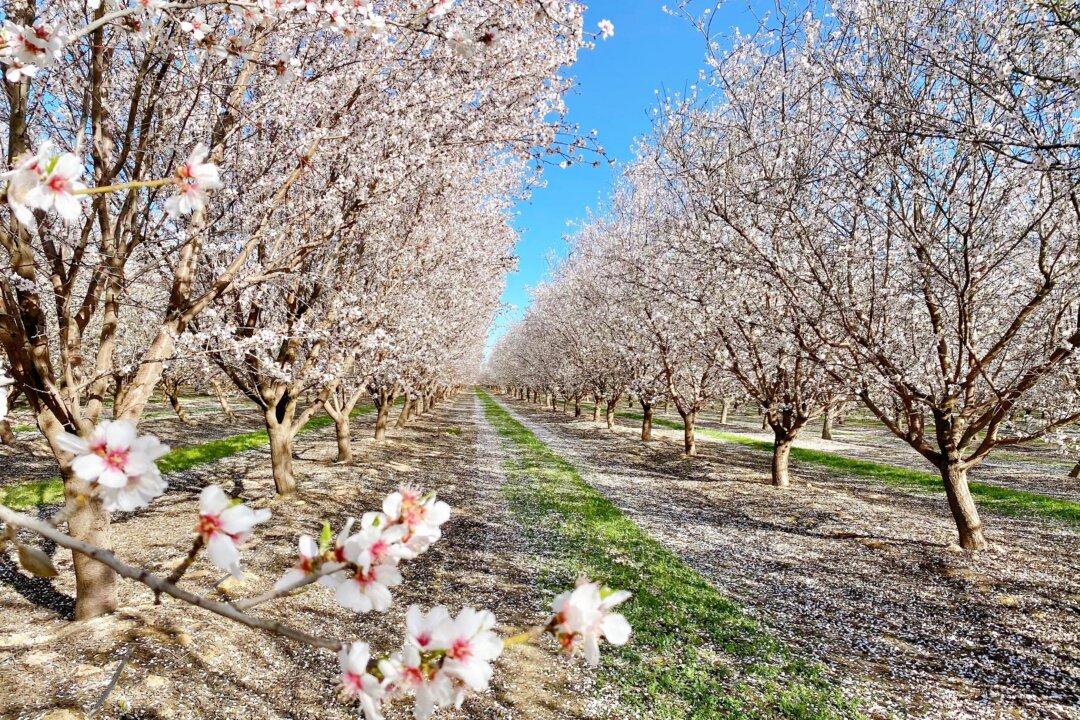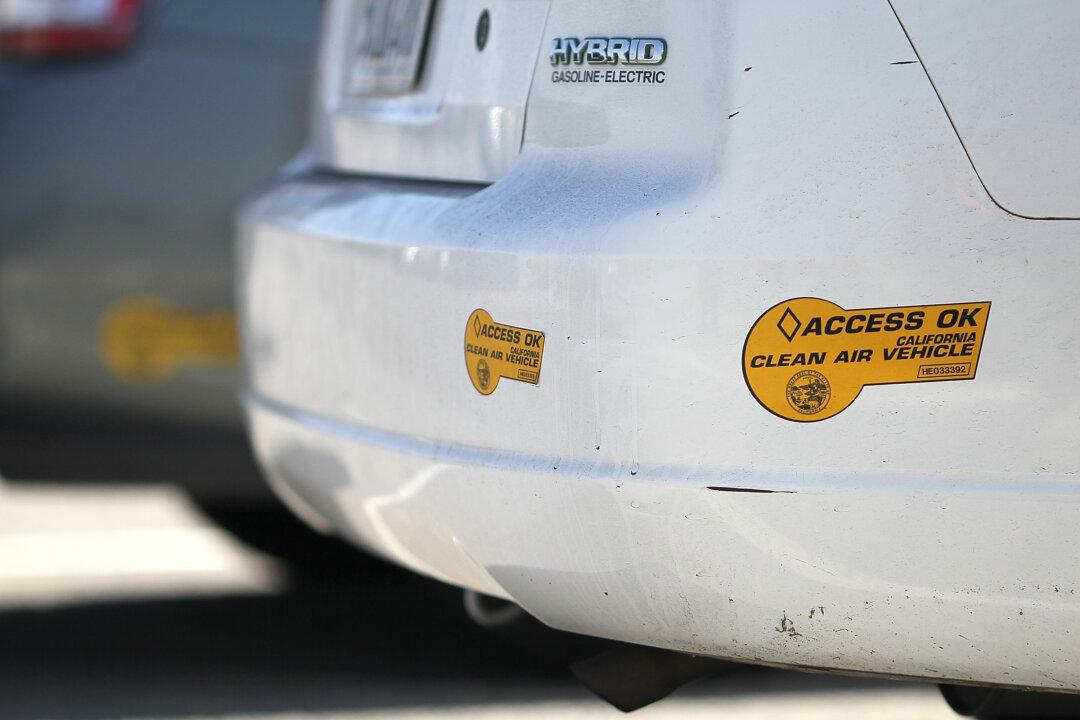California’s Central Valley is known for its agricultural productivity, supplying 40 percent of the nation’s fruits and nuts, and is home to more than 250 different crops. For more than a century, farmers in the region torched old crops, diseased plants, and other farming debris, but now they are facing a near-total ban on agricultural burning.
A law taking full effect this year prohibits open burning in orchards and vineyards. This comes two decades after the bill was passed and signed into law in 2003.





